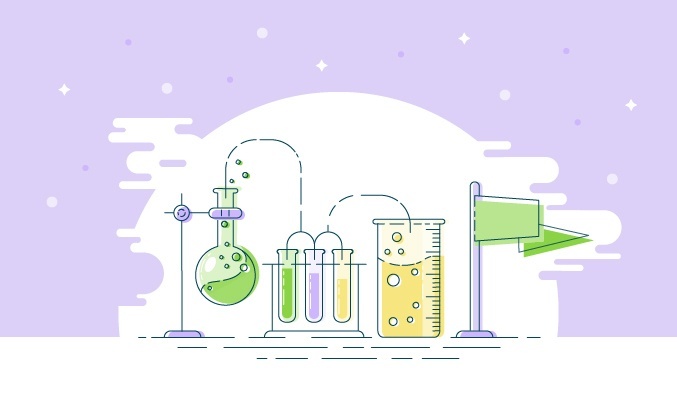 In the past few months, I signed up for three new services and purchased two premium annual SaaS subscriptions.
In the past few months, I signed up for three new services and purchased two premium annual SaaS subscriptions.
That part sounds pretty normal.
But here’s what’s different:
I never had to speak to a single sales rep.
I was searching for a password-keeping app, so I asked around to see what my peers and friends used, heard a lot of great buzz around Dashlane and visited their website.
I clicked around, watched a video, read some testimonials, and browsed through their content to get a sense of Dashlane’s identity.
A few minutes later, I had signed up for their free product.
That was easy.
No sales rep of any stripe figured into my customer journey in this case.
In fact, I can’t remember the last time I even spoke to a sales rep before making a decision on whether to bring a new app or service into my work or personal life.
Of course, I’m an individual and not a business, but the idea sticks: in today’s world, customer education and freemium products can replace entire chunks of the traditional sales cycle.
PS. Click here to learn about how Drift makes it easier for you to close more sales without ever having to pick up the phone.
Why The SDR Sales Cycle Leaves Customers Behind
Almost everyone uses the “Sales Development Rep (SDR) to Account Executive (AE)” sales model.
When Aaron Ross’ Predictable Revenue debuted in 2011, it blew our collective socks off.
Cold Calling 2.0, the revolutionary sales model that powered Salesforce’s growth, became the de facto software sales model and has been for years.
It makes sense. To keep skilled account executives focused on closing, companies shifted the outbound prospecting to a younger, hungrier and usually cheaper breed of sales rep. The Sales Development Rep was born.
But now fast forward to today, where using the Predictable Revenue-based model means doing educated customers a huge disservice.
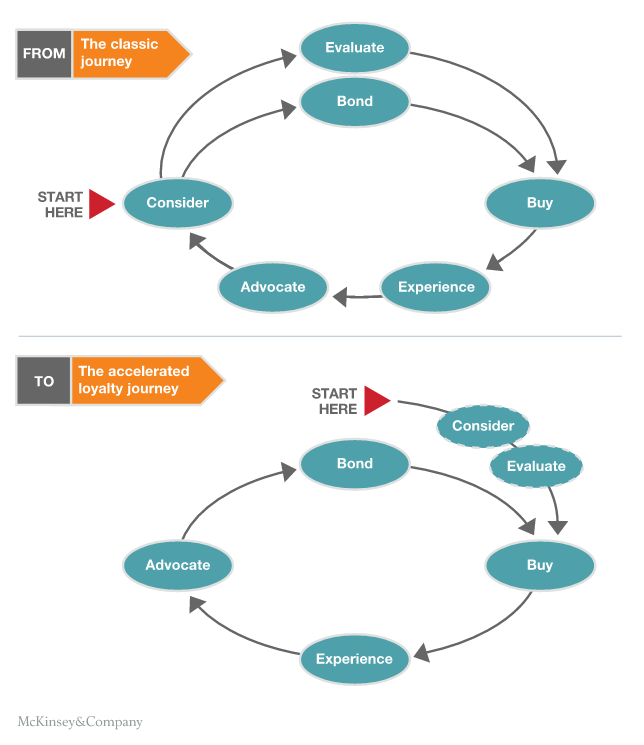
Customers enter the sales cycle already full of knowledge, opinions and feelings about your product and your company.
They’ve already educated themselves. They’ve already played around with freemium versions of your product.
They do not want to be handled like a cold lead.
They do not want to be handed off from one sales rep to another, or go through long sales processes. They’re desensitized to traditional sales tactics.
Lessons From Shopify
Loren Padelford, Shopify’s chief sales scientist, put it succinctly: “It bugs me when we build sales processes that customers hate.”
Padelford recently talked with Bowery Capital partner Mike Brown Jr. on the Bowery Capital Startup Sales Podcast about the new model he’s been using to build Shopify Plus, which has exploded into an 8-figure business in less than two years.
As Shopify Plus bloomed from zero sales reps to more than 70, Padelford realized it just didn’t make sense to artificially extend his sales process by having two people work a deal.
“SDR/AE is designed and built to make the sales company better,” Padelford said. “Our job is to do what our customers want. Customers are in control of the sales process now. We need to customize to the customer process, not to the sales company process.”
Customer education rules the new buying process, so companies need to figure out how to:
- Create meaningful connections before a customer even sniffs the sales process, and
- Create a sales process that is efficient for the customer.
Finding New Ways To Create Meaningful Connections
The rise of educational content marketing and freemium product models means your outbound leads could be just as educated and prepared to make a purchasing decision as your inbound ones.
Marketing and sales working together to create a better customer experience means investing in relationship marketing and sales tools that lead to educated, loyal, qualified sales prospects.
Because a customer’s first experience with your company can come from anywhere, there’s a new “ABC” for the new, savvier customer: Always Be Communicating.
People are super-sensitive to sales these days. They’re on to inside sales techniques and totally over disruptive sales techniques (think about how fast popups went from effective tools to major sources of irritation).
Marketing automation and relationship-based marketing tools help to connect people with your company through more genuine means.
Instead of focusing on gated content and subscriber forms focus instead on building connections through:
Social Responsiveness Tools
When I was searching for a password tool, I asked people I knew, but I also asked on Twitter. Within minutes, several of the companies I tagged responded with links to their social proof pages.
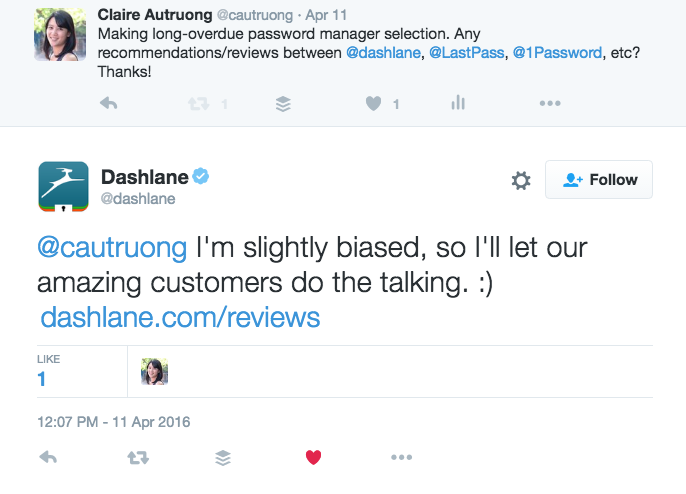
Nudges like this, and being accessible and friendly via social in general, make an outsized difference when it comes to how we feel about brands and companies.
Social media responsiveness makes customers feel heard and gives companies a chance to be helpful and showcase personality.
Respond by Buffer is a great example of the types of tools you can use to be Johnny- or Jenny-on-the-spot with the right words or GIFs.
That personality can drive how people feel about you, which can drive how they respond when they decide to take the next step with your product.
Optimizing Educational Content
Nomacorc Global Director of Marketing Jeffrey Slater wrote in a piece on Mark Schaeffer’s {grow} blog earlier this year: “When you are helpful and provide knowledge to current and potential customers, you are building depth and emotional bonds for your brand.”
Expect to see even more nurturing email courses, webinars, and online learning sites like Udemy and Treehouse in the future.
Many sites open with a video showcasing their product and its uses.
For instance, InVision’s entire “above the fold” splash area turns into a high-production value video featuring high-profile social proof from its leading use cases.
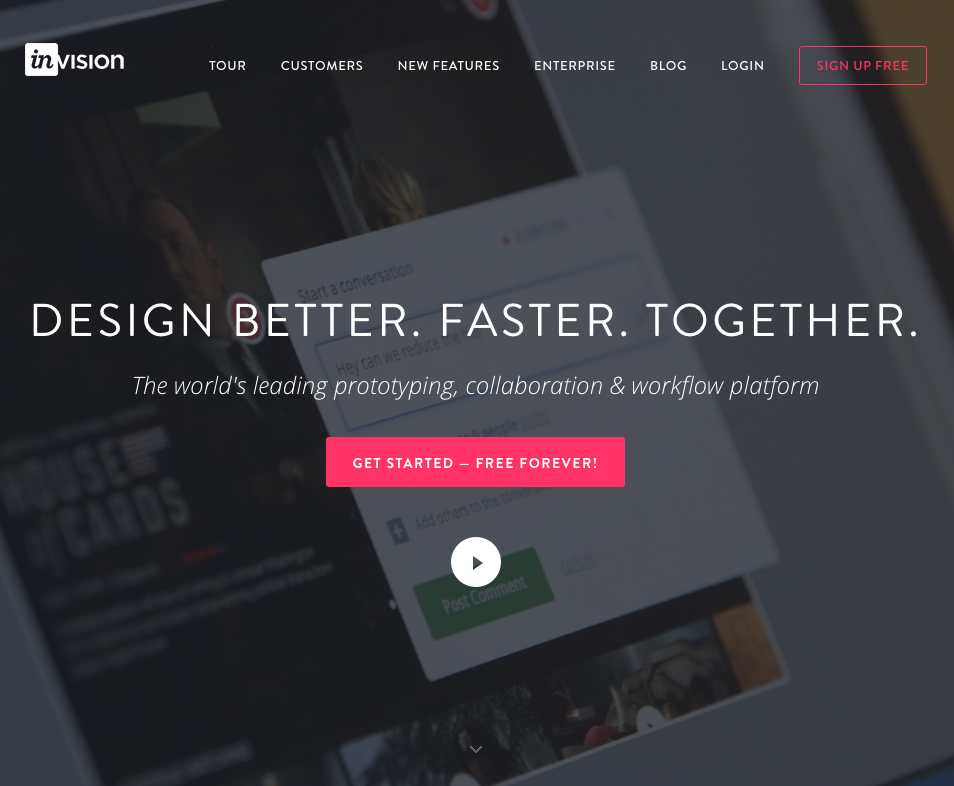
Companies who want deeper connections with their potential customer base should get on board with “show and teach; don’t sell.”
Customer Engagement And Chat Tools
To be perfectly honest, I prefer not to interact with humans while I’m exploring new apps.
The most vexing onboarding processes for me are ones where I’m required to go through a “personal consultation” with an onboarding specialist. No, thanks!
I do sometimes have questions while I learn how to use new apps or peruse online content, though, and that’s where customer engagement tools like Drift come in.
On sites like Price Intelligently, I can type questions directly into a sidebar without interrupting my journey through their features and content.
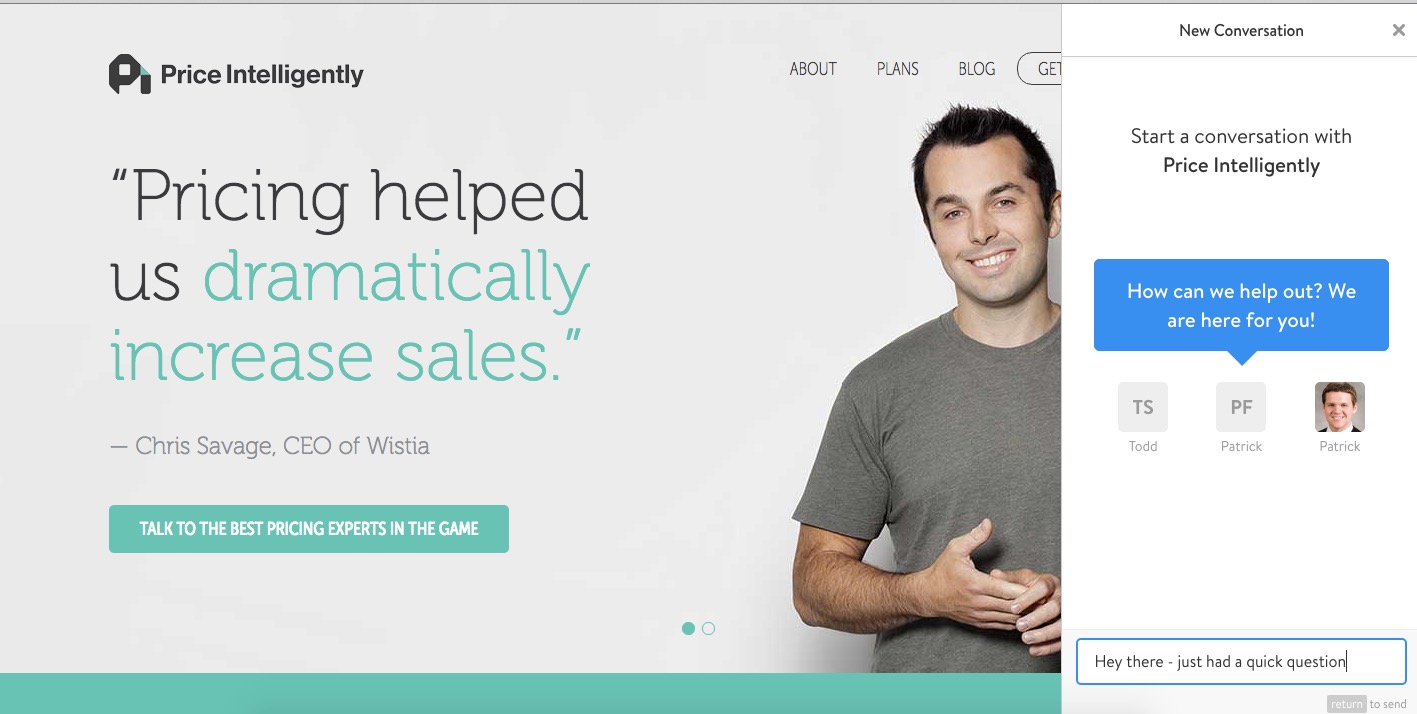
This human-but-also-hands-off touch lets customers control the pace of their self-education. It also makes it easy for companies to be helpful at scale.
Enter The Single-Rep Sales Cycle
A pool of educated, loyal, qualified sales prospects means less need for the dual-sales-rep model.
Whether they’re inbound or outbound, people understand enough about your company and product to potentially close on their first interaction with a sales rep.
Loren Padelford of Shopify doubled down on the single-sales-rep idea to build out Shopify Plus. He gives his young, energetic, smart salespeople the full sales cycle and tells them to “do it all in one call.”
It’s a win-win situation. Your customers don’t experience any bad handoffs or multiple calls, and you get a one-call sales cycle.
It’s been working for Padelford and Shopify Plus. “We have first-year sales reps who are doing millions of dollars of transactions at high MRR values,” he says, resulting in more efficiency for the company and satisfaction for the customers.
On the Startup Sales podcast, Padelford also addressed two expected criticisms of his single-sales-rep model:
Criticism 1: But the SDR/AE model keeps customer acquisition cost low.
Many companies embraced Predictable Revenue-based sales models because it kept CAC low through efficiency. SDRs focus on outbound. Inside sales reps focus on inbound. Both reps turn qualified leads over to an AE “closer.”
Padelford’s response: “I hire one person and you have to hire two.”
“My experience is that people think it’s efficient, but when you do the actual math, there’s a whole lot of customer dropoff in the handoff process. There’s a whole lot of sales cycle extension in the handoff process,” Padelford says.
Criticism 2: I already have a team full of SDRs, ISRs and AEs.
Padelford understands that many companies are fully committed to their current sales model, and that’s fine.
“Sales is a constant experiment,” he says. “No one should adopt someone else’s process just because it worked for that particular company,” and that goes for both Salesforce’s model and Shopify’s model.
Companies can experiment with the single-sales-rep cycle. Try giving your best-performing sales rep the full sales cycle and the autonomy to make it work for the customer.
A New Normal For Sales
Sales teams who adapt to the new reality of relationship marketing and freemium products can shorten their sales cycle considerably.
“Customers want to close themselves because there’s a fit there,” says Padelford.
Even if customer education and exploration don’t fully replace sales development reps and outbound sales, software sales is shifting.
Padelford believes the single-rep model will be at the center of the new paradigm, but he also offers a word of advice for anyone who thinks sales will get any easier.
“I’m pretty sure you could sell gold bars below market cost and people still wouldn’t call you,” he laughs. “You’re still going to have to call someone. … Success in sales, over time, looks a lot like hard work. Startup, non-startup—someone’s got to go and make something happen.”
Maybe the next time I set out to choose a new product, I might interact with a salesperson and never even know it.



